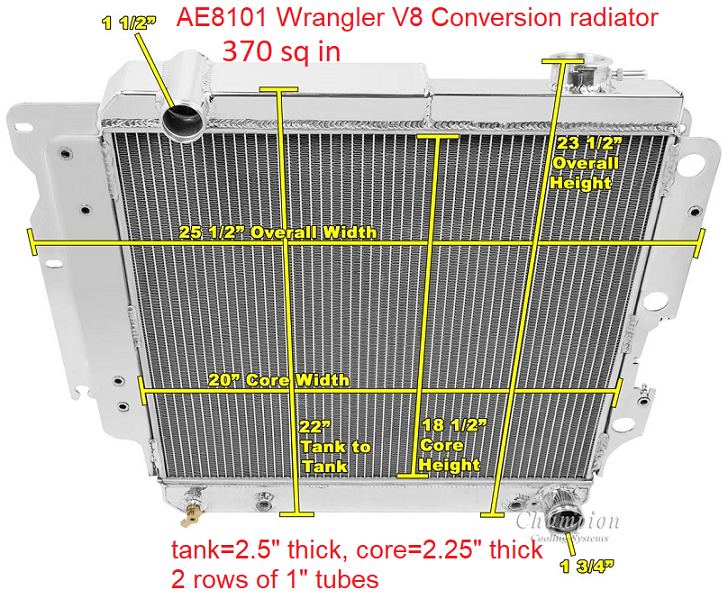- Thread starter
- #81
solid front axle or IFS? going to do a build thread?I just dragged an ls400 home last night for my 1st gen and am looking for as much info as possible. Thanks.
I'm starting on a new idea I had for the lower engine oil pan, so the one I'm currently using (no leaks) is either going on the scrap pile or getting passed on. I think, with careful placement, one should be able to do a 1UZ in an IFS truck without a body lift using this pan (extra steering relay rod clearance)

 Untitled
Untitled Untitled
Untitled Untitled
Untitled











